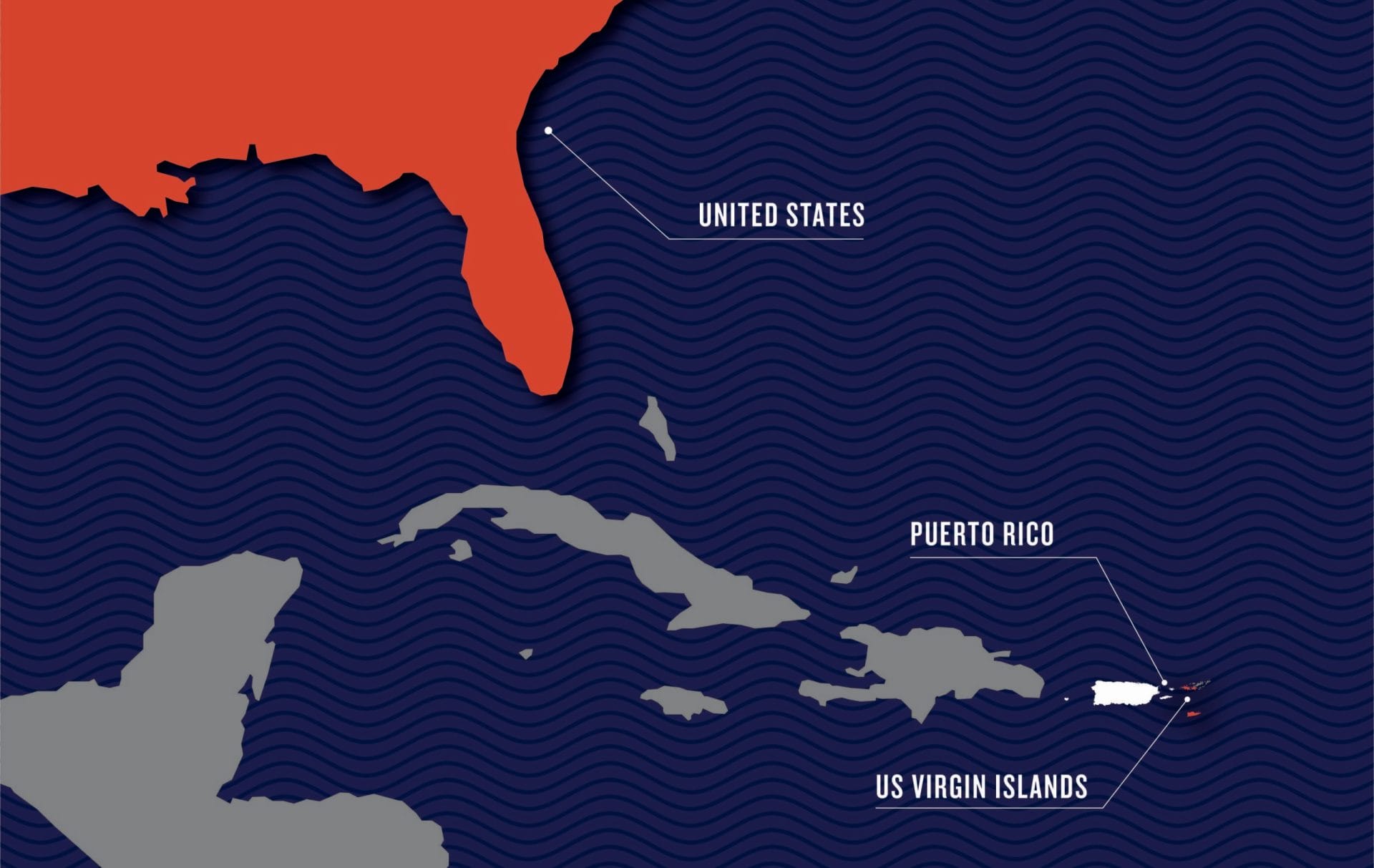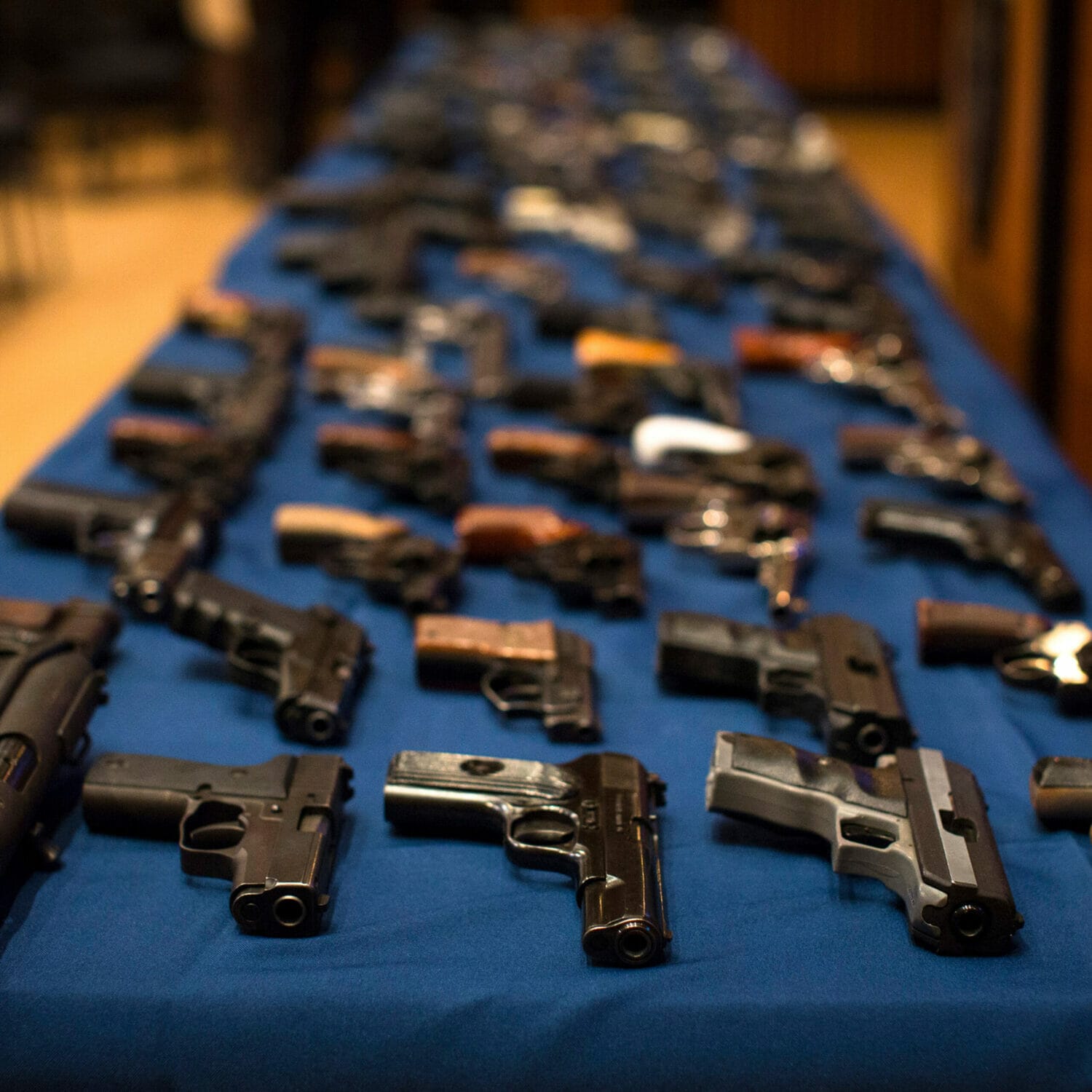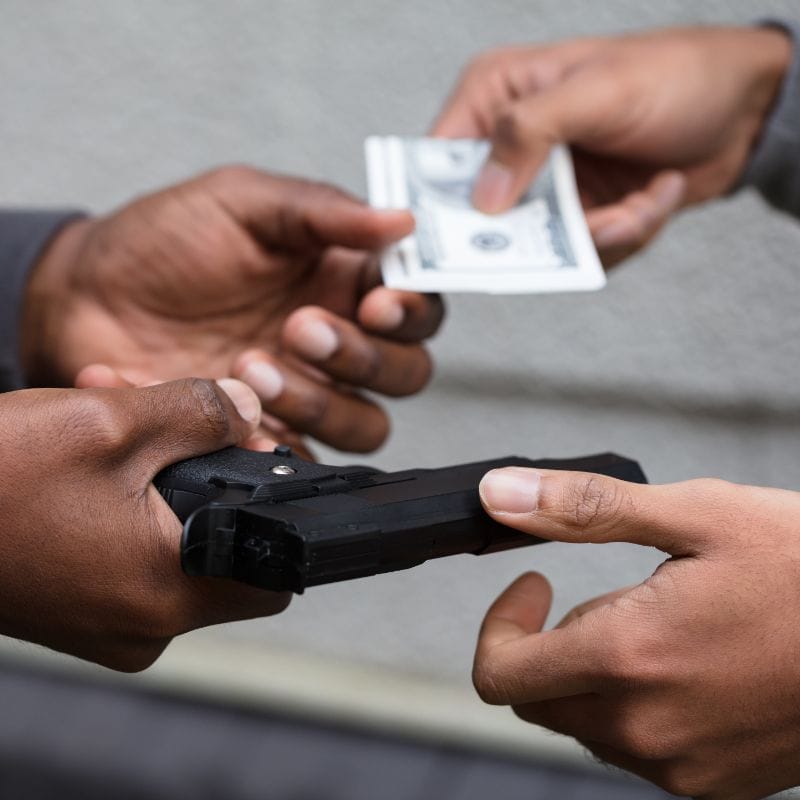
A Year Later: Gun Violence in the US Territories
Last year, we released a first-of-its-kind report describing the state of gun violence in the US Virgin Islands (USVI) and Puerto Rico. For decades, gun violence in the USVI and Puerto Rico has largely been ignored—despite the fact that these territories experience extremely high rates of gun violence.
Over the past year, the federal government has released new data about gun trafficking, and new data has been released on gun violence in the territories. After reviewing the data, one thing is clear: gun violence continues to devastate these two territories.

Gun Violence Is Surging in US Territories
Our original report highlighted how high the gun violence rates in Puerto Rico are compared to the 50 states and Washington, DC. This data comes from the Puerto Rico Violent Death Reporting System, which is part of a federal system to track all forms of violent deaths in all 50 states, Washington, DC, and Puerto Rico. Since the report was released, two additional years of data have been released, allowing us to paint a fuller picture of gun violence in Puerto Rico.
Puerto Rico sees some of the highest rates of gun violence in the US. In fact, if ranked among the 50 states, Puerto Rico’s total gun death rate would rank seventh. Roughly 660 people die every year from gun violence in the territory and more than 93% of these gun deaths are gun homicides. Puerto Rico’s gun homicide rate would rank first among the 50 states.
Similar to Puerto Rico, the epidemic of gun violence rages in the USVI. The USVI does not have a violent death reporting system, but from limited reporting, we know that its gun homicide rate far exceeds that of the 50 states.
As originally described in our report, one of the major driving factors of gun violence in both territories is the trafficking of firearms from US states to the territories. While guns often flow from states with weaker laws into states with stronger laws, trafficking takes a particularly high toll on Puerto Rico and the USVI.
According to a new report released by the Bureau of Alcohol, Tobacco, Firearms and Explosives (ATF), only 28% of guns recovered by law enforcement nationally were originally sold in another state, compared to 93% in the USVI and 72% in Puerto Rico. Florida, the state geographically closest to these territories, is the largest supplier of crime guns in both places.
Gun Violence in the US Territories
Alex Nguyen—Mar 07, 2022
The new ATF report also reveals how youth are disproportionately responsible for gun violence in the USVI and Puerto Rico. From 2017 to 2021, young adults made up more than half of all possessors of crime guns recovered by law enforcement in both territories. Nationally, possessors under the age of 35 accounted for 60% of all crime guns, compared to 80% in both Puerto Rico and the USVI. Furthermore, in the USVI, possessors were twice as likely to be between the ages of 18 and 24 compared to the national average.
In addition to describing patterns of gun trafficking, the report also details the growing problem of ghost guns in the territories. Ghost guns are unmarked and unserialized firearms assembled from homemade kits that allow purchasers to skirt a number of state and federal firearms laws. According to the ATF report, the USVI had one of the highest rates of traced and recovered ghost guns among all states and territories, and Puerto Rico’s rate was among the top 15.
Federal Actions Can Help Reverse This Trend
While this new data has deepened our understanding of both the problem and the driving factors of gun violence in both territories, there have also been important steps taken to combat gun violence:
- In Puerto Rico, the community violence intervention known as Acuerdo de Paz, run by community organization Taller Salud, received a $2 million grant to continue their fantastic work interrupting gun violence in Loíza.
- In 2022, Congress passed the Bipartisan Safer Communities Act, which included a number of provisions that strengthened gun safety laws including creating a federal trafficking statute that would make firearms trafficking a crime.
- The Biden administration and ATF recently issued their ghost gun rule which categorized gun parts and ghost gun kits as firearms. This rule would require these parts and kits to have serial numbers, be sold by a federally licensed seller, and require a background check during the sale.
This recent data is critical for helping us better understand gun violence in the US territories and the factors that drive this crisis in these regions. And while important steps have been taken to begin to address gun violence in these territories, there are so many questions left to answer about the extent of this crisis and so much work left to do.
Gun violence in the US territories is an urgent public health and safety issue—one that is deserving of our attention, our research, and a concerted policy response from federal and state lawmakers.
GET THE FACTS
Gun violence is a complex problem, and while there’s no one-size-fits-all solution, we must act. Our reports bring you the latest cutting-edge research and analysis about strategies to end our country’s gun violence crisis at every level.
Learn More

